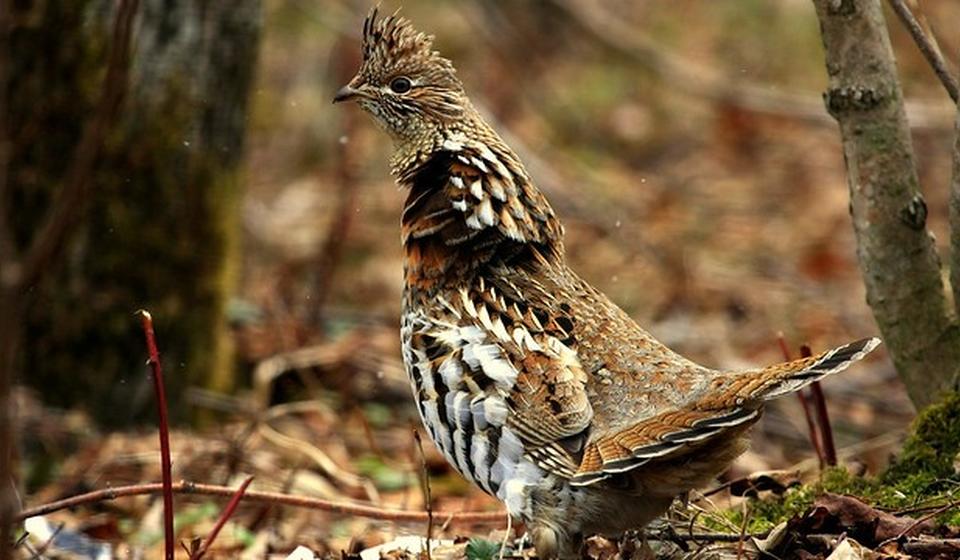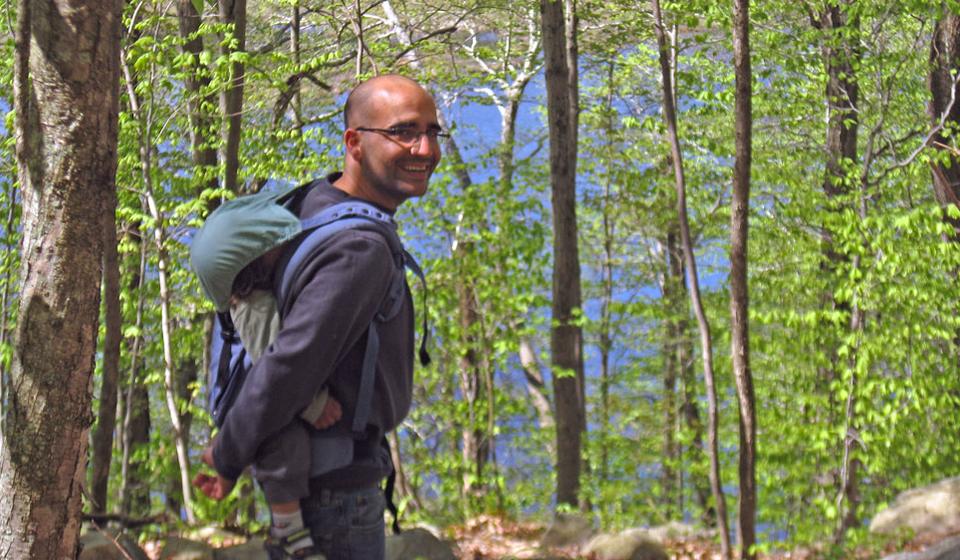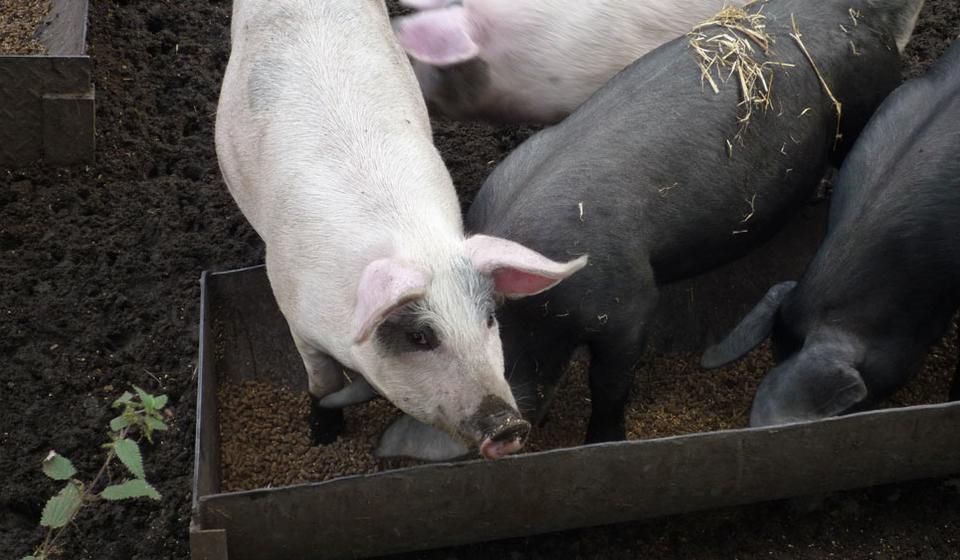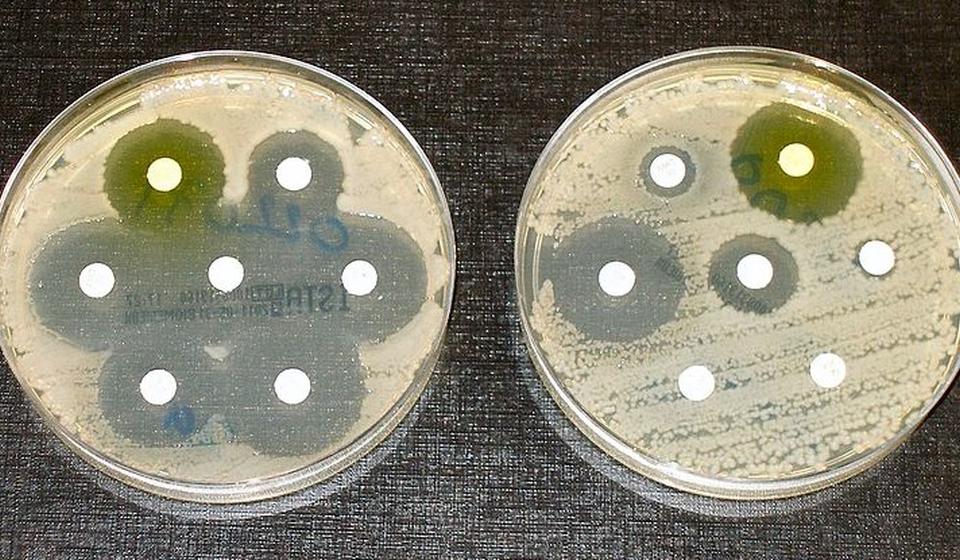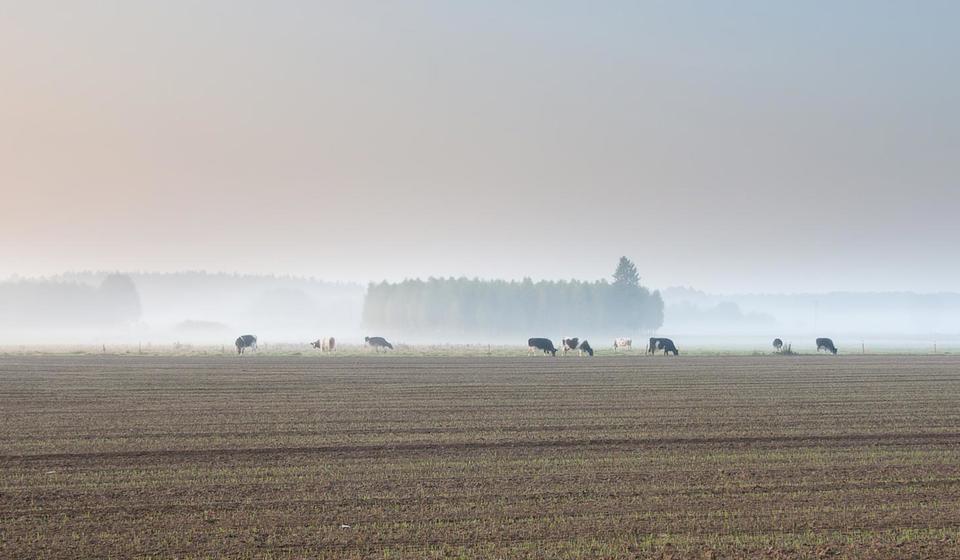Tag:
Antimicrobial resistance
On March 29, the European Centre for Disease Prevention and Control (ECDC) and the European Food Safety Authority (EFSA) issued a joint report, “The European Union Summary Report on Antimicrobial Resistance in zoonotic and indicator bacteria from humans, animals and food in 2019–2020.”
Grouse hunters in northern Minnesota were asked to collect samples for a West Nile virus research project with the Department of Natural Resources (DNR). The main objective of the mission was to determine the impact of West Nile virus on ruffed grouse populations.
On July 16th, Dr. Irene Bueno-Padilla of the University of Minnesota and Joshua Burman of the Minnesota Pollution Control Agency gave a presentation on antibiotics in the environment. The presentation was part four of a five-part webinar series hosted by the Minnesota Veterinary Medical Association and Minnesota One Health Antibiotic Stewardship Collaborative.
Our monthly series of CAHFS Spotlights highlights our residents, graduate students, faculty, and staff. This month, we're spotlighting our postdoctoral fellow Udi Elnekave whose work in CAHFS centers around antimicrobial resistance research.
Swine researcher Pedro Urriola's research includes a multitude of issues such as risk prevention, which focuses on stopping viruses such as African swine fever from infecting pigs through imported feed.
The AVMA, alongside the Canadian Veterinary Medical Association (CVMA) and the Federation of Veterinarians of Europe (FVE), released a joint statement aiming to ensure veterinary oversight of antimicrobial use, mitigation of antimicrobial resistance, and the continuing availability of critical medications for both animal and human health.
Noelle Noyes uses her background in social sciences, business, and veterinary epidemiology to bridge the gap between researchers and farmers. “I'm very adamant about making sure my research has some connection to actual problems producers are facing."
Researchers at the University of Minnesota Center for Animal Health and Food Safety are working with the Minnesota Veterinary Diagnostic Laboratory and the Minnesota Department of Health to learn which Salmonella strains are emerging in the Midwest.
Communities of scientists, practitioners, food producers, and health professionals around the globe are working to better understand the implications of antimicrobial use and resistance.
For millennia, humankind has used antibiotics to treat infections empirically, even before knowing those infections were caused by bacteria—or that bacteria existed. Yet, as antimicrobials have flourished, so too has antimicrobial resistance in bacteria, leading to a prediction that by 2050 over 10 million people will die annually due to AMR.

